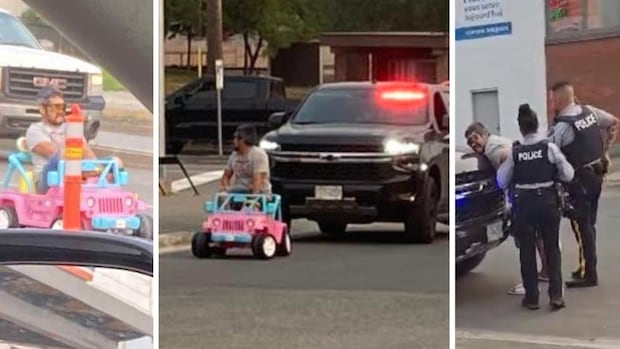Family Van Ashlee Shingoose provides a tearing explanation of victim impact

The family of Ashlee Shingoose, a victim of the Winnipeg Serial Killer, had the opportunity to share their impact statements in a rare post-trial hearing last Friday. Ashlee, who was the first of four First Nations women killed by Jeremy Skibicki, was only identified months after the murderer was sentenced to life in prison. Her family, including her parents Albert and Theresa Shingoose, spoke about the pain and devastation caused by her murder.
Albert Shingoose, Ashlee’s father, expressed his frustration with the authorities for not connecting his daughter to the murders sooner. He recounted how he and his wife tirelessly searched the streets of Winnipeg for their daughter, pleading for help. Theresa Shingoose tearfully shared how much Ashlee meant to their family, while her sisters Dawn and Bonnie struggled to read their prepared statements due to overwhelming emotions.
The Chief Justice, Glenn Joyal, acknowledged the impact of Ashlee’s murder on the St. Theresa Point community and emphasized the need to address the crisis of missing and murdered indigenous women and girls in Canada. He described the special hearing as a step towards healing and reconciliation.
In a show of solidarity, families of the other victims attended the hearing, wearing ribbon dresses and hoodies with photos of the murdered women. Manitoba Prime Minister Wab Kinew has pledged to search for Ashlee’s remains at a Winnipeg dump, following successful searches for the bodies of the other victims.
The courtroom was adorned with a painting and red dress symbolizing native women and girls, highlighting the importance of honoring and remembering the victims. The absence of Jeremy Skibicki at the hearing was noted by his defense lawyer as a gesture of respect for the families of the victims.
Overall, the post-trial hearing provided a platform for healing and reflection, shedding light on the ongoing crisis of missing and murdered indigenous women and girls in Canada. It serves as a reminder of the need for justice, recognition, and reconciliation in the face of tragedy.



